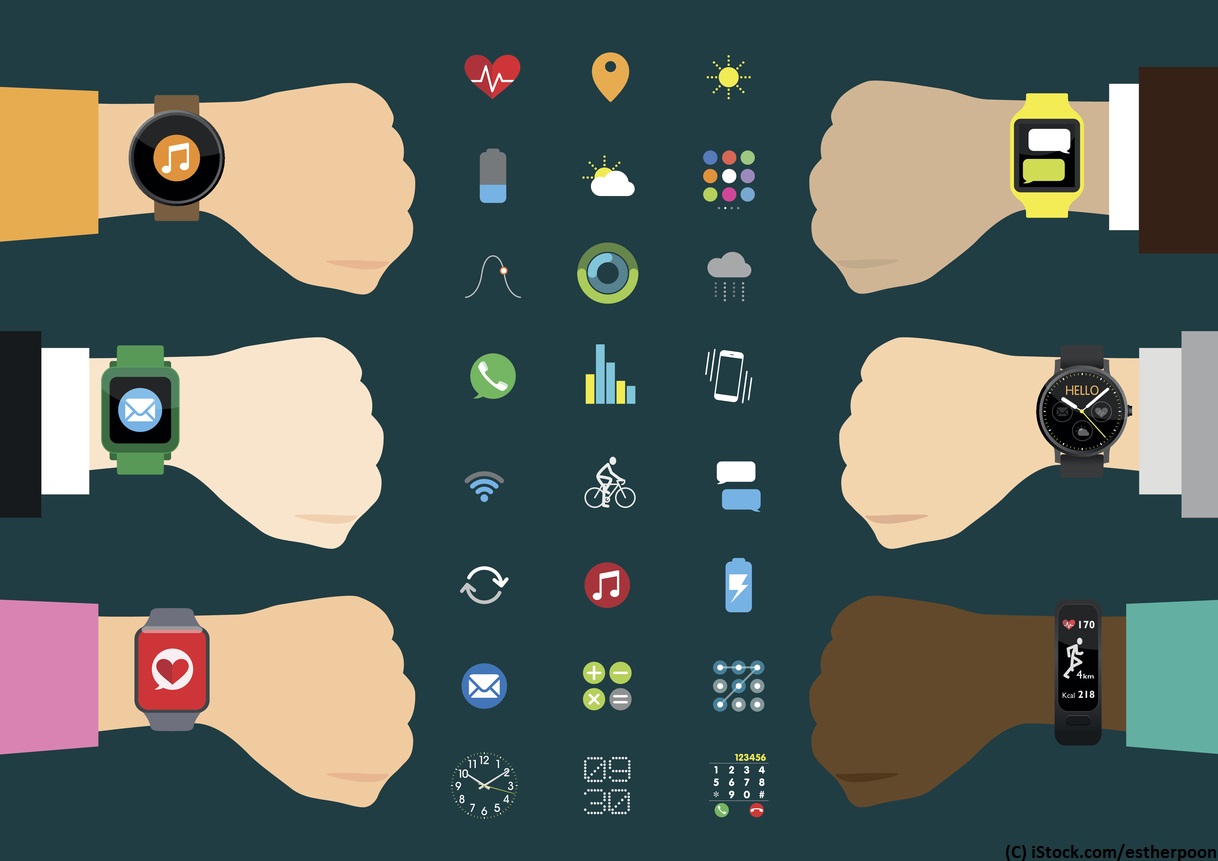
When the wearable technology trend took off a few years ago, brands promised smart glasses, smart clothes, smart everything. We were told that if we could strap it to our bodies and track it, we’d soon be all over it.
Now that the dust has settled and expectations have been tempered by reality, it’s clear that only a few products have really stood out from the rest: most notably Fitbit’s smart watches.
But that doesn’t mean that some of the other ideas will never materialise; most likely, developers are just taking their time to perfect them.
Let's look at some of the wearable tech trends set to spark mainstream interest over 2018.
Smart rings: The future at your fingertips
Smart rings have been tipped as ‘the next big thing’ for years now, but due to technical problems, funding issues and even legal disputes, a lot of the emerging smart ring brands that caused a stir – such as Smarty Ring and Fin – still haven’t made it to market.
Does this mean smart rings are a lost cause? Not necessarily. A number of new brands are launching products that promise to do everything a Fitbit can do but from your finger. These include Oura and Motiv, which track activity, heart rate and more.
it’s hard to predict whether these products will take off
Then there are more unique devices, like voice-activated ORII. The feature may sound out there for a smart ring, but given the popularity of home assistants that rely on voice commands – such as Google Home and Amazon’s Echo – it could mean the difference between another dead end and a product with serious mainstream appeal.
There is also the smart jewellery that doesn’t promise to be all-singing and all-dancing but fulfills a clear purpose, such as Ringly.
This brand has garnered a serious following in the US, when all it does it vibrate when you get a notification. It’s so simple, but people have responded to the company's smart manner of combating phone checking fatigue.
It’s hard to predict whether these products will take off. A smart ring is tricky to get right because it’s a tiny space to squeeze tech into; and you can’t guarantee that everybody will enjoy or indeed need a mini computer on their finger.
The jury is still out as to whether someone will nail the tech and give it a purpose that will appeal to the masses.
Hearables: Sensing from your ears
We’ve all heard of wearables, but what about hearables? It’s the name that’s emerged for headphones or gadgets that sit within your ear and do way more than just play you music.
The Clip & Talk, with its well-publicised Indiegogo campaign, is just one example, causing a stir recently for its ability to measure heart rate, heart rate variability, VO2 Max, distance, calories and steps – all from your ear.
wearing headphones is already second nature to most
Some of the most well-known tech brands have also made a play for our ear canals, such as Samsung with their Gear IconX. These look like regular headphones, but like the Clip & Talk have fitness tracking smarts built-in.
There are also notable developments in using ear-based audio feedback for coaching or voice-assistant purposes, like the Here One from Here Plus. This coaching could help us train at the gym, or will bring the likes of Siri and other voice assistants directly to our ears.
Like most wearables, it’s hard to predict how people will react to this tech. But unlike rings, wearing headphones is already second nature to most.
Headphones are less fashion-based, and consumers don’t need to get used to putting on or charging up a new product – they can just reap the benefits of a new pair of smarter headphones.
Invisibles: Barely-there tech on your skin
How do you combat the design problems that could put the fashion-conscious wanting to wear wearable tech?
Make it invisible: or as invisible as possible.
Connected temporary tattoos may sound like the stuff of science-fiction, but a number of brands are experimenting with how to make them appealing – and how to make them work.
Over the past few years, Microsoft has been researching the potential of temporary tattoos with its aptly-named Tattio project. It uses a mixture of materials, including gold leaf and connected wires, to act as an NFC tag.
this could have huge implications for the medical industry
Sure, it’s a long way off hitting the market, but it signals an interesting move that could take wearable tech from your wrist to your skin.
There’s also a company called Tech Tats, which uses special ink in its temporary tattoos that is able to conduct electricity and power a number of tiny sensors and trackers, effectively turning your tat into a smart device.
Whether wearable tech stays on your wrist, moves to your ear, finger or skin, it’s a fascinating industry that might not only develop money-making consumer-facing tech, but could have a big impact on other industries too.
For example, Tech Tats has been used to monitor temperature and track fevers, and smart rings could be utilised to keep track of people’s location or monitor their health levels. This could have huge implications for the medical industry, and would allow consumers to take their health and well-being quite literally into their own hands.
The only question is, wear will the trend go next?





